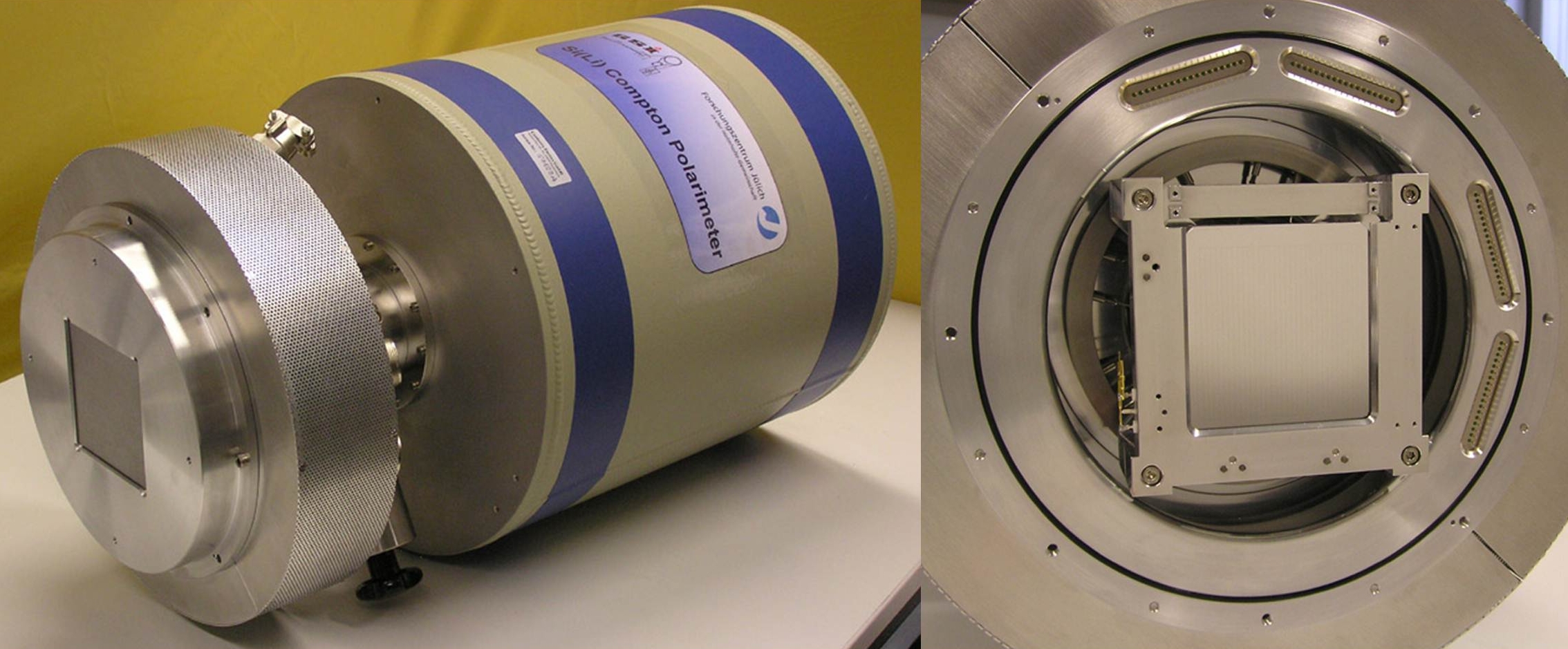X-Ray Spectroscopy
To investigate hard X-ray radiation with energies ranging from a few keV to several hundred keV, various detection methods are developed and utilized at the Helmholtz Institute. For example, diverse semiconductor detectors, crystal spectrometers and novel calorimeter systems are available for X-ray precision spectroscopy.
The above-mentioned devices are being employed in a wide range of applications at different photon and ion sources. At photon energies of a few keV, specially-designed crystal spectrometers are used for time-resolved X-ray diffractometry and high-precision polarization experiments at synchrotron sources, while the purpose of the FOCAL crystal spectrometer, for example, is to investigate the Lamb shift in highly-charged ions at the storage ring (photon energy about 60 keV).
Novel calorimeters constitute a promising development in the field of X-ray spectroscopy. Apart from their high resolution, which happens to be comparable to that of crystal spectrometers, they cover a broad spectral range (about 3 to 200 keV) and are thus suited for use at a multitude of scenarios and experiments.
To measure the linear polarization of X-ray radiation, novel segmented 2D semiconductor detectors based on silicon or germanium are employed. Possessing energy, spatial and temporal resolution, they allow to efficiently measure the polarization of X-ray radiation above 60 keV.
